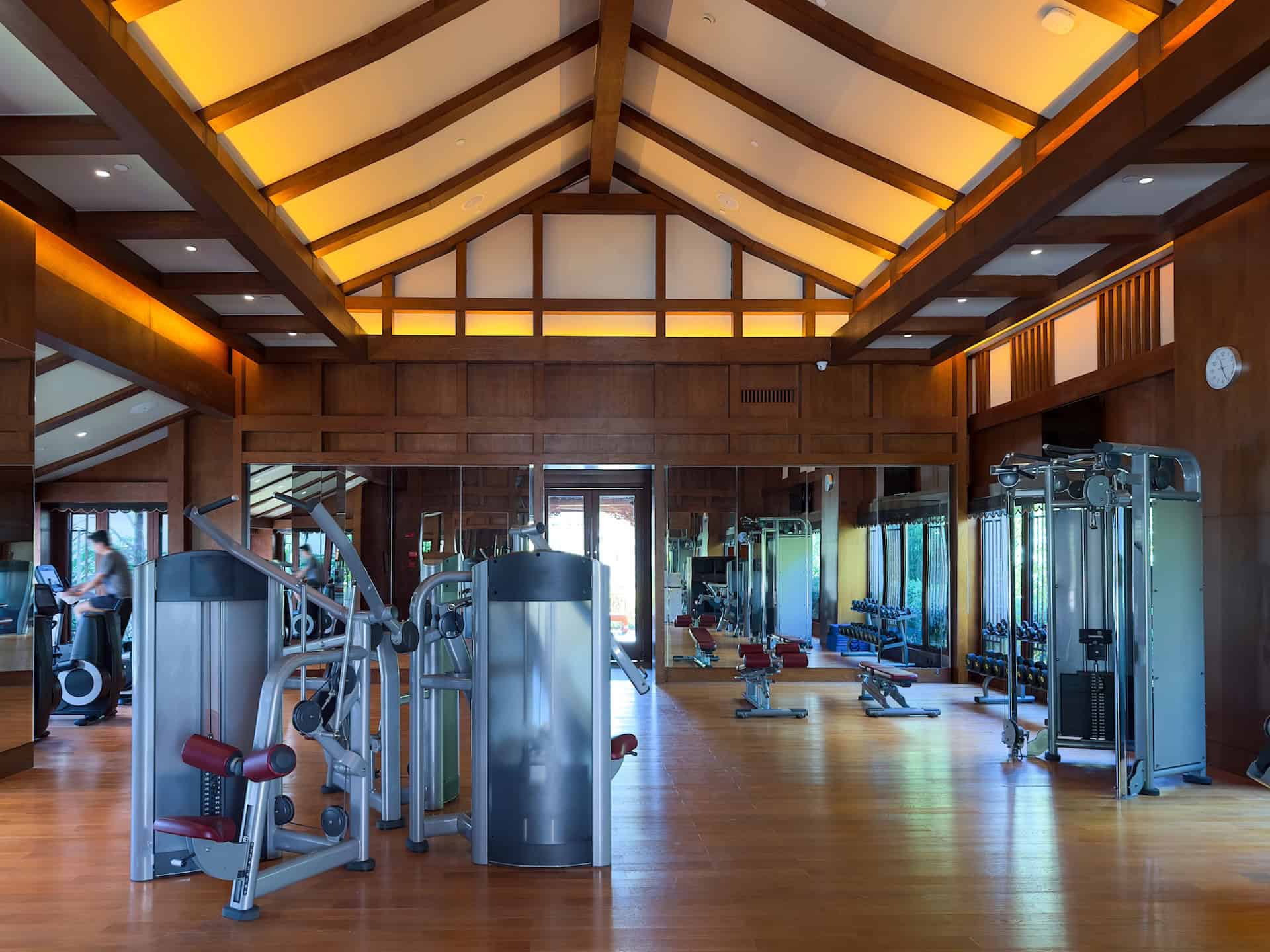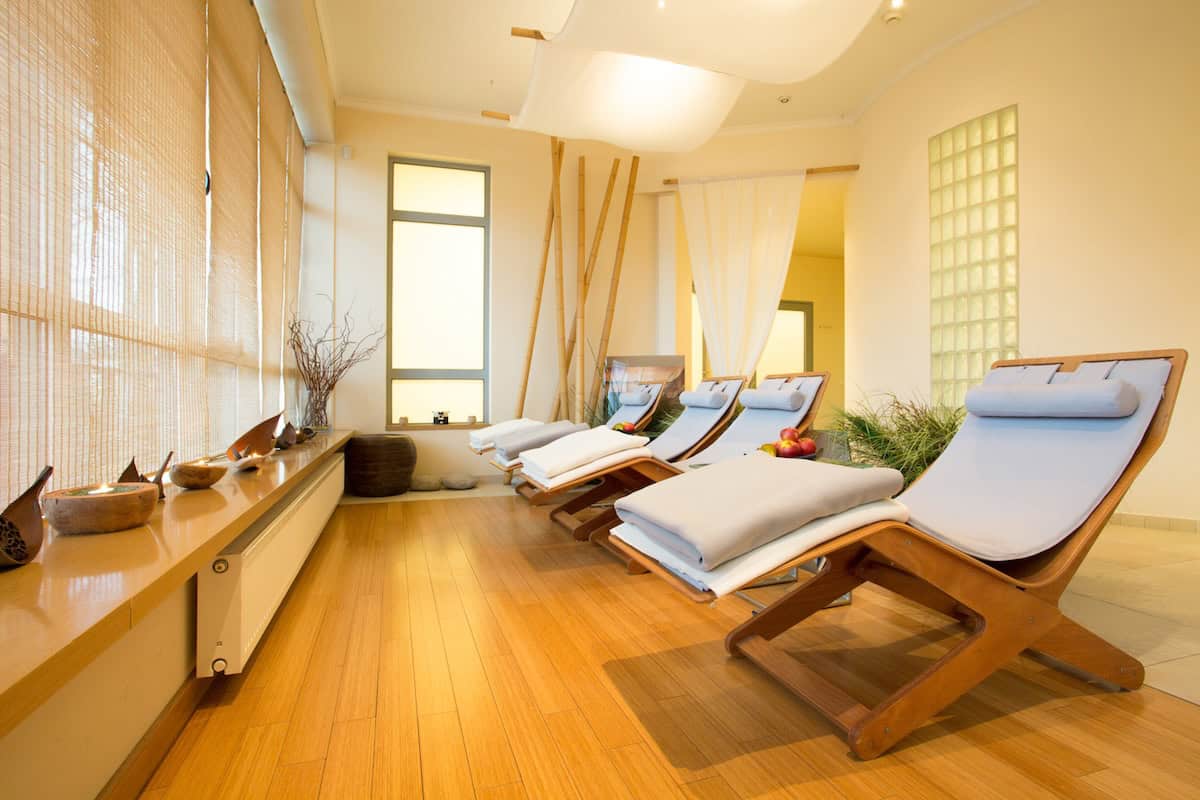Key Considerations and Concepts for Wellness Center Desig
As a patron, a trip to a wellness center comes with the expectation of being a full-on sensory experience from the moment they walk through the door. The Middle East’s wellness industry has experienced remarkable growth in countries like Saudi Arabia and the UAE with wellness centers that understand the customer journey. They invest heavily in their luxury spas by adding flowing water features, calming lighting, and carefully orchestrated sensory experiences because they know that a powerful wellness center design concept directly impacts business success.
Effective wellness center design ideas demonstrate an understanding of how spatial planning influences human psychology and cultural expectations, and vice versa. Whether developing a day spa, medical wellness center, or luxury resort facility, it’s important to spend meaningful time on strategic design decisions, as they can be the determining factor in guest retention and operational efficiency.
Essential Elements of Wellness Center Design Concepts

Effective wellness center design concepts begin with clarifying your facility’s core purpose. A medical spa targeting post-surgical recovery requires different considerations than a relaxing spa, focusing on stress relief. Catering to your primary clientele shapes every subsequent design decision, from room sizes to material selections.
The most successful wellness facilities achieve harmony between function and beauty. This can be challenging for treatment rooms that must accommodate specific equipment, but maintaining a consistent atmosphere needs to be a priority.
Space Planning for Optimal Flow
Wellness centers function best when divided into distinct zones, such as reception areas that handle business aspects and treatment zones that focus entirely on healing. Consider that treatment rooms need adequate sound insulation and space for equipment storage, client preparation areas, and staff washing stations.
Successful configurations typically serve multiple purposes with flexible furniture arrangements and easily sanitized surfaces. Common areas then function as transition spaces where guests decompress between treatments, making their placement crucial for maintaining the client’s comfort.
Modern Wellness Center Design Inspirations
Today’s successful wellness centers have comprehensive designs. Some prefer contemporary minimalist approaches emphasizing neutral palettes and uncluttered spaces, while some strategically use negative space to create environments that feel spacious even in compact facilities. These designs work particularly well in urban settings where guests seek escape from visual overstimulation.
At the opposite end of the spectrum, nature-inspired wellness environments incorporate organic materials, living plants, and natural light to blur boundaries between indoor and outdoor spaces. Further traditional Middle Eastern wellness concepts offer rich inspiration through hammam-style layouts, ornate tile work, and geometric patterns from Islamic art. It’s here that the use of exceptional materials, such as rare stones, custom millwork, and precious metals, defines a spa’s luxury status.
Other Design Elements to Consider

Lighting strategies must consider the different room functions and their specific needs, and this varies depending on the type of wellness center. A mix of natural light and warm indoor lighting is a tried-and-true combination for satisfied clients.
Color psychology significantly influences guest experiences, with blues and greens promoting relaxation and earth tones creating feelings of stability. Colors will be represented across everything from walls to sofas, and even staff uniforms. Think about the feeling you’re trying to convey with your space and choose a color that matches that.
Sound design often receives insufficient attention despite its dramatic impact. Mechanical “white” noise from HVAC systems and equipment can destroy carefully crafted atmospheres, but so too can muzak or other songs that don’t match the atmosphere. Today, it’s popular to incorporate sound-creating decorations like water features throughout a wellness center.
Specialized Areas
Finally, assess if your wellness center will have any large-scale facilities that need specialty installation. For example, hydrotherapy spaces require specialized waterproofing, drainage systems, and climate control. While heat-based experiences like saunas, steam rooms, and hammams each demand specific environmental controls and safety features to go along with durability and comfort considerations.
Contact Pools & Courts Today
Successful spa and wellness center design requires balancing complex logistical and aesthetic factors while maintaining focus on the guest experience. The most effective facilities feel comfortable for the guest while running an organized operations network behind the scenes, and designing such a space requires working with a qualified spa contractor with a proven track record of understanding how the customer journey influences design choices.
For those considering spa or wellness center development projects, consulting with specialists like Pools & Courts provides expertise in technical requirements and design aesthetics that are essential for wellness center success.

